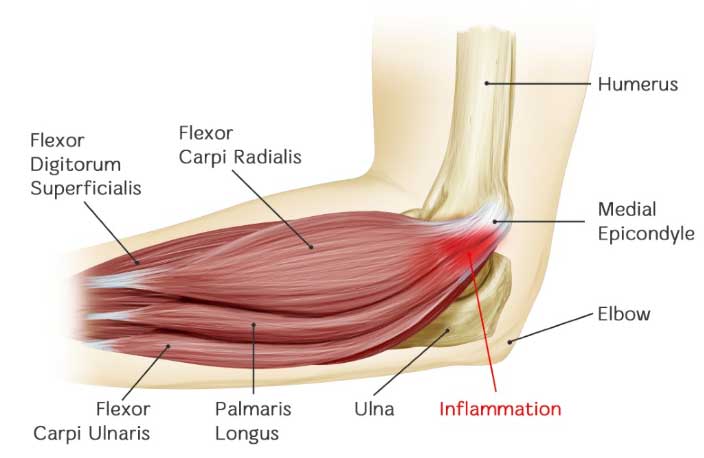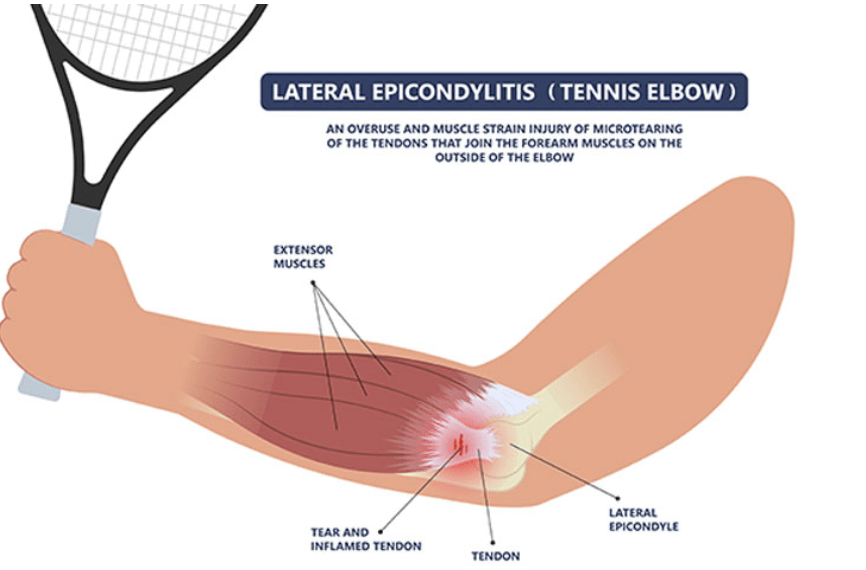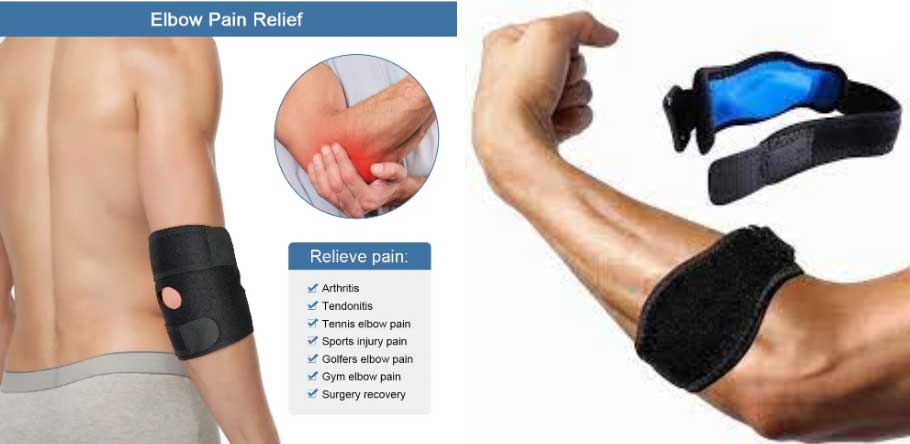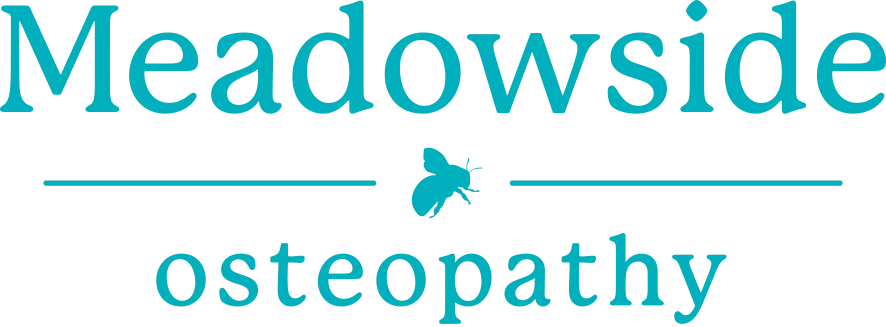Repetitive Strain Injuries (RSI) of the Elbow
What’s Going On?
Repetitive Strain Injury (RSI) in the elbow occurs when there is overuse or strain on the muscles and tendons in the forearm, which are responsible for lower arm and wrist movements. This leads to imbalance between wear and repair within the affected tissues.
This typically results in chronic symptoms within the tendon, at the junction where the muscle meets the bone, which is typically the most vulnerable part of the muscle.
The elbow in particular is susceptible to RSI due to repetitive movements, excessive use, and insufficient recovery time. Blood flow in tendons is typically poorer when compared to the main portion of the muscle, meaning slower healing, and hence increased likelihood of developing a chronic problem.
Medial Epicondylitis – Golfer’s Elbow:

Risk Factors and Causes:
-
- Repetitive Movements: Engaging in activities that involve repetitive motions, such as typing, mouse use, tennis or golf
- Poor Ergonomics: Incorrect positioning or inadequate support during work or activities
- Forceful Activities: Excessive force or strain during tasks, like lifting heavy objects, using power tools vigorously, or hitting forceful serves
- Insufficient Rest and Recovery: Not enough time for the affected muscles and tendons to recover after an activity which strains the muscles

Symptoms:
-
- Pain: Persistent pain in the affected area, which may worsen during or after activities
- Stiffness: Reduced flexibility and increased stiffness in the affected joints
- Weakness: Weakening of the muscles due to ongoing strain and overuse
- Numbness and Tingling: Sensations of numbness or tingling in the hand and wrist
Prevention and Management:
-
- Rest and Modification of Activities:
-
- Identify and limit activities that exacerbate symptoms
- Take regular breaks during repetitive tasks to allow for rest
-
- Rest and Modification of Activities:
-
- Ergonomic Adjustments:
-
- Ensure proper ergonomics at workstations to reduce strain on the upper extremities
- Use ergonomic tools and accessories to promote comfortable and efficient work, such as wrist supports if you’re prone to extend your wrist when typing
-
- Ergonomic Adjustments:
-
- Ice and Heat Therapy:
-
- Apply ice packs for 10-15 minutes daily to reduce inflammation
- For chronic pain relief, if symptoms persist for more than 4 weeks, use ice and heat in alternation to encourage blood flow to the area and accelerate healing times
- Heat along the main portion of the muscles can also help by relaxing the muscles
-
- Ice and Heat Therapy:
-
- Self-massage
-
- Use your knuckles or a massage device along the tight forearm muscles, to relax them and reduce the tension going through the affected tendons.
-
- Self-massage
-
- Elbow support strap
-
- An elbow strap, similar to the ones pictured below, can be useful at supporting the area. The strap compresses the muscles in the forearm, reducing the pull from the muscles on the injured tendon as they contract.
-
- Elbow support strap

-
- Osteopathy, Massage, Laser Therapy and Exercises:
-
- Work with an Osteopath and/or Massage Therapist to release the affected muscles and develop a tailored exercise program
- We often recommend massage and MSK Laser Therapy for patients with RSI, both of which encourage blood flow and accelerate healing time
- Gradually progress through exercises, avoiding pain levels above 4/10
-
- Osteopathy, Massage, Laser Therapy and Exercises:
-
- Avoiding Harmful Practices:
-
- Avoid the use of corticosteroid injections, as they may hinder the healing process and can damage the tendon in the long term
- If this is part of your job, avoid using power tools for long periods of time or take regular breaks
-
- Avoiding Harmful Practices:
Recovery Timeline:
-
- Recovery from RSI in the upper extremity may take several months, especially if it’s been present for a while
- Patience is crucial, and adherence to recommended treatments and lifestyle modifications is essential for long-term recovery
Talk to Us
If there’s anything you’d like to discuss with our Osteopaths, you can make an appointment now for a FREE 15-minute telephone consultation, or an initial 60-minute Osteopathy consultation here.

